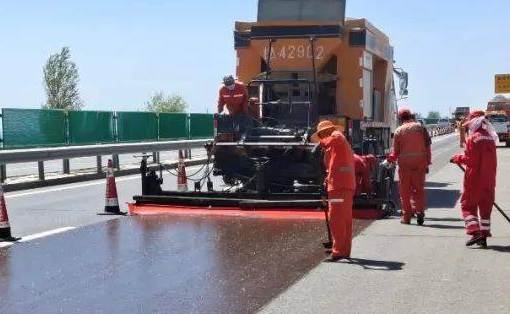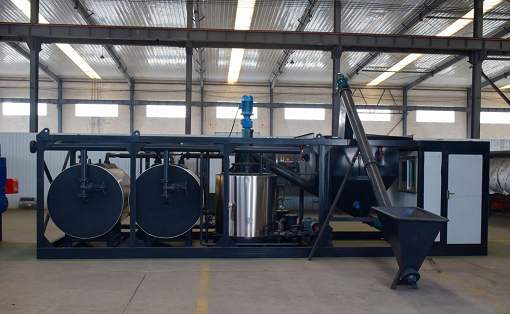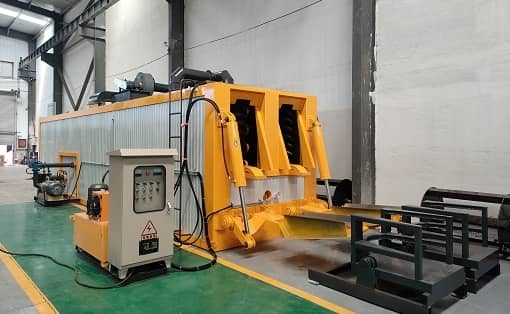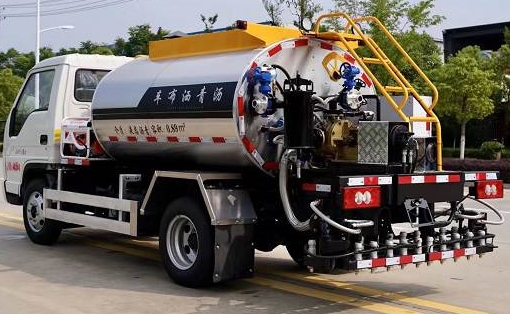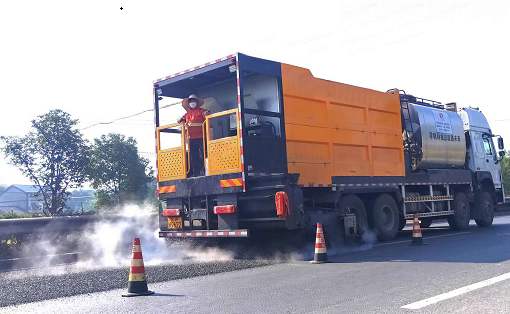What are the effective measures for preventive maintenance management?
Improve the understanding of the importance of preventive maintenance
We should further improve the understanding of the importance of preventive maintenance and raise preventive maintenance to the level of highway asset protection and road protection. At present, leaders at all levels and maintenance departments do not fully understand the significance of preventive maintenance of asphalt pavement. We should deepen our understanding of the important role of preventive maintenance and improve the strategic awareness, initiative and creativity of preventive maintenance. At the same time, the maintenance department should strengthen communication and exchanges with transportation authorities and financial management departments at all levels, so that departments at all levels understand the importance and necessity of preventive maintenance and create conditions for the implementation of preventive maintenance and funding sources. At the same time, it is very necessary to add preventive maintenance to the classification of maintenance projects, which will help the management of leaders at all levels and the implementation of preventive maintenance.
Improve the decision-making and planning of preventive maintenance
According to the decision-making and planning process, reasonably arrange the preventive maintenance of asphalt concrete pavement structure to ensure the safe and stable operation of highway projects throughout the life cycle, and reduce production costs while providing high-quality traffic services. Therefore, the key to preventive maintenance of asphalt concrete pavement structure lies in establishing a scientific decision-making and planning mechanism. The Ministry of Transport proposed in the “13th Five-Year Plan for Highway Maintenance Management Development” that the average annual mileage of preventive maintenance for expressways should not be less than 8%, and that for ordinary national and provincial roads should not be less than 5%. In the actual application process, local governments should also actively summarize experience and propose different preventive maintenance ratios based on the specific conditions of different regions.
Improve the understanding of the importance of preventive maintenance
We should further improve the understanding of the importance of preventive maintenance and raise preventive maintenance to the level of highway asset protection and road protection. At present, leaders at all levels and maintenance departments do not fully understand the significance of preventive maintenance of asphalt pavement. We should deepen our understanding of the important role of preventive maintenance and improve the strategic awareness, initiative and creativity of preventive maintenance. At the same time, the maintenance department should strengthen communication and exchanges with transportation authorities and financial management departments at all levels, so that departments at all levels understand the importance and necessity of preventive maintenance and create conditions for the implementation of preventive maintenance and funding sources. At the same time, it is very necessary to add preventive maintenance to the classification of maintenance projects, which will help the management of leaders at all levels and the implementation of preventive maintenance.
Improve the decision-making and planning of preventive maintenance
According to the decision-making and planning process, reasonably arrange the preventive maintenance of asphalt concrete pavement structure to ensure the safe and stable operation of highway projects throughout the life cycle, and reduce production costs while providing high-quality traffic services. Therefore, the key to preventive maintenance of asphalt concrete pavement structure lies in establishing a scientific decision-making and planning mechanism. The Ministry of Transport proposed in the “13th Five-Year Plan for Highway Maintenance Management Development” that the average annual mileage of preventive maintenance for expressways should not be less than 8%, and that for ordinary national and provincial roads should not be less than 5%. In the actual application process, local governments should also actively summarize experience and propose different preventive maintenance ratios based on the specific conditions of different regions.
Reasonable arrangement of the cycle of preventive maintenance
Preventive maintenance is different from other existing ordinary maintenance. The existing maintenance is to repair and maintain specific diseases after the road has diseases. Its maintenance cycle has a strong regularity and should be carried out immediately after the disease appears. However, the purpose of preventive maintenance is to maintain a good road system state for a long time and delay future damage under the premise of good system operation and the premise of improving system functions and maintenance measures. Therefore, the implementation time and implementation cycle of preventive maintenance are difficult to determine. This requires comprehensive judgment based on the operating years, traffic volume, road conditions and the goals to be achieved of preventive maintenance on the premise of improving the preventive maintenance decision-making mechanism. It should be made clear that the fundamental purpose of preventive maintenance is to ensure the safety and smoothness of road operation. Therefore, too much maintenance will not only increase the maintenance cost, but also seriously affect the normal operation of highway projects, cause waste of resources, and deviate from the maintenance goals. Too little maintenance will lead to poor preventive maintenance results, and various diseases will still occur, affecting the normal use of the road. Therefore, one or several indicators can be determined as the threshold to trigger preventive maintenance. When the road usage condition reaches below the level of preventive maintenance, maintenance should be implemented in time.
Improve the post-evaluation mechanism of preventive maintenance
After the preventive maintenance of the asphalt pavement, it is very important to evaluate the maintenance effect. The post-evaluation of preventive maintenance can initially evaluate the time and construction quality of the preventive maintenance of the pavement, summarize and analyze the construction process of the preventive maintenance of the pavement structure and the maintenance cycle of the preventive maintenance, and provide guidance for the subsequent preventive maintenance of the asphalt pavement. Establishing a perfect post-evaluation mechanism for preventive maintenance can effectively summarize and analyze the key issues of preventive maintenance technology, implementation cycle, and funding allocation, so that the preventive maintenance of the pavement structure can mature rapidly. By analyzing and summarizing the various indicators after pavement maintenance under different preventive maintenance methods, different maintenance cycles, and different funding allocations, the most appropriate maintenance method, maintenance cycle, and funding allocation can be selected.

